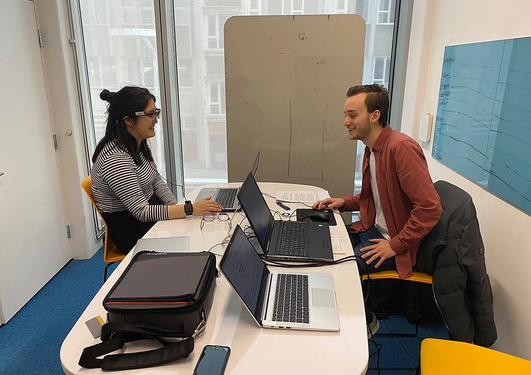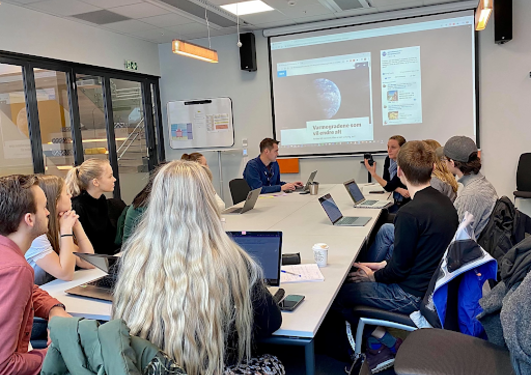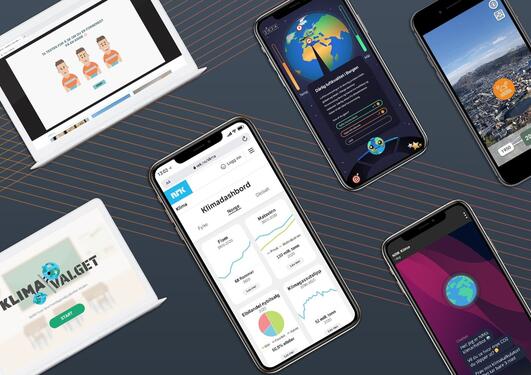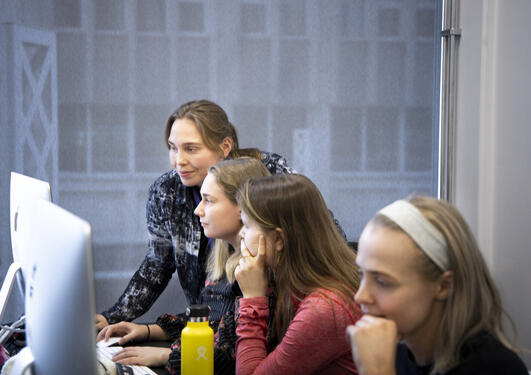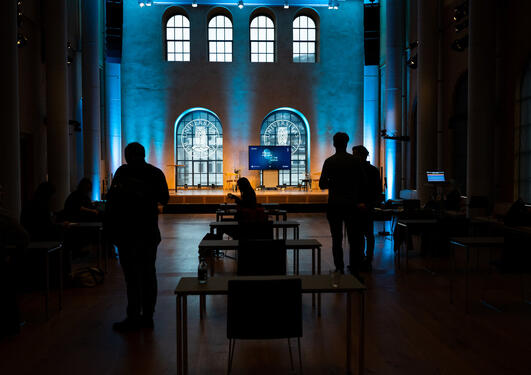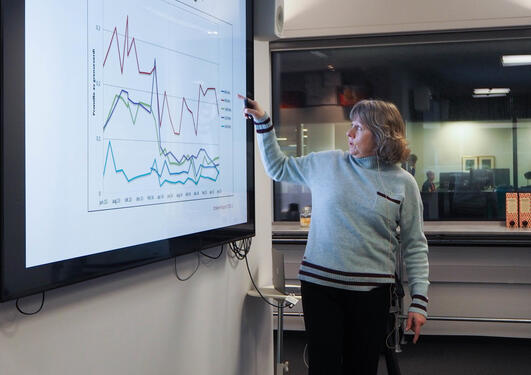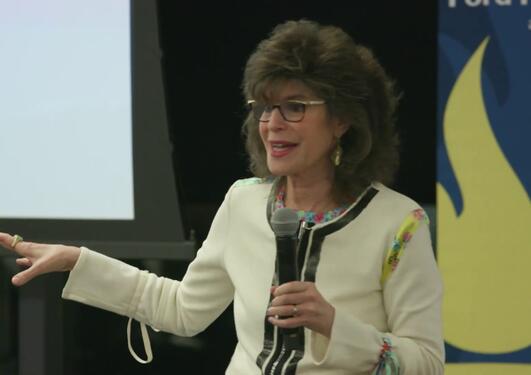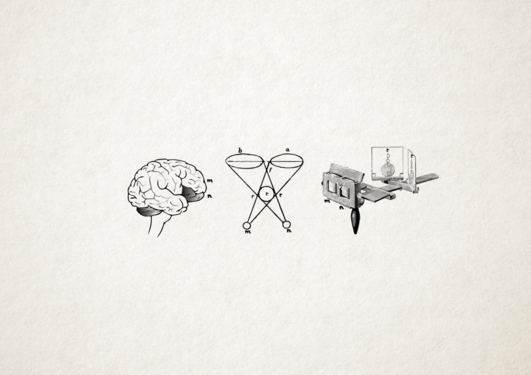Nyhetsarkiv for ViSmedia
Vismedia publishes six evaluation reports made by students at the University of Bergen.
It is not easy to create responsible climate communication, and it is especially difficult to reach a young audience with it. What kind of visual design and rhetorical appeal should media have in order to present the gravity of climate change in the best possible way?
Vismedia publishes six innovative media designs made by students at the University of Bergen. You can test all six prototypes and read their accompanying specifications below.
Is the pandemic invisible? -The question might seem odd, says ViSmedia researcher Øyvind Vågnes, co-editor with Asbjørn Grønstad of a book recently out from Palgrave, Invisibility in Visual and Material Culture. -But it is in fact raised with frequency, by scholars from very different fields of research. And it brings up a number of interesting discussions pertaining to a relationship that is too... Les mer
What is the relationship between technology and society? And how can engineers learn more about the social implications of their daily work?
Where do tech savvy journalists gather to explore mobile technologies? Researchers Anja Salzmann, Frode Guribye and Astrid Gynnild have investigated the activities of the Mojo Community, a global hub of devoted mobile journalists and content creators.
Imagine a video of Donald Trump appearing in your social media feed. Would you ask yourself if the video is real? Well, why shouldn’t it be? This is the reality of deepfakes. How can fake imitations be a threat to the integrity of democratic elections?
In February 2020, ten bachelor students in TV production at Media City Bergen worked intensively on a new project. They were challenged to develop three video scenarios and SoMe content for the fifth and last ViSmedia conference, which was going to be held in the Bergen University Aula in March.
How could satellite imagery change journalism? What can technical experts do with deepfakes? And how should we best prepare the students to deal with the technologies we don't know yet? These were some of the questions the last and final ViSmedia conference, Visual futures of the media, aimed to answer.
In a time of fake news, how can we help journalists to verify visual user-generated content? As a graduate student in HCI/Information Science, Anette Drønen Sunde developed a prototype called VIBI.
«If the radiation from cell phones is as bad as the sceptics says, we would have seen a dramatic increscent of brain cancer all over the world,» Tone-Mette Sjømoen, director of the Norwegian Radiation and Nuclear Safety Authority, said. Sjømoen was invited to give a talk on 5G and radiaton at ViSmedias 5G seminar in Media City Bergen the 10. of January.
What is the future of visuals in the media? How can we learn to distinguish fakes from facts, and how can we build our own digital self-defence? These are some of the issues that will be discussed at this year´s ViSmedia conference in Bergen, March 26 2019.
How does the secret architecture of surveillance capitalism play out? And what is the role of the tech giants in a society where computing increasingly invade privacy and even the bodies of humans?
At this stage computing will permeate all corners of life and increasingly invade the bodies of humans and animals as well. Timely to this new invasive digital stage Shoshana Zuboff, a professor... Les mer
Can philosophy help us understand and relate to Virtual Reality?Who knows? But that’s the sort of questions that intrigue Joakim Vindenes, a research fellow at the Center for the Science of Learning and Technology (SLATE) at the University of Bergen.
Sider
- september 2021 (12)
- august 2021 (87)
- juli 2021 (33)
- juni 2021 (1)
- desember 2016 (1)
